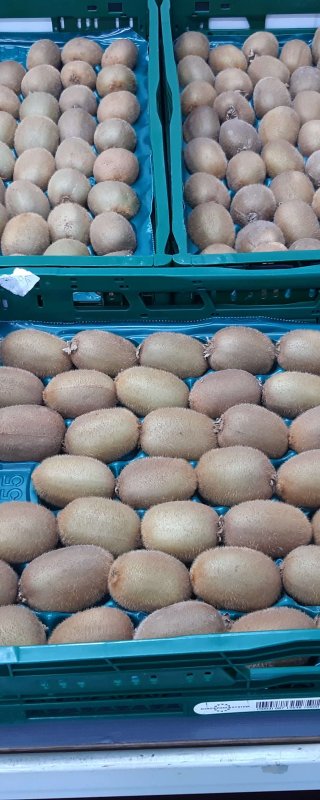
Plastic trays (containers/crates)
Plastic trays (containers/crates) may withstand heavy load better than single-use packaging. They allow an easy and neat stacking, though this should be done with care. The trays can be packed with product in bulk or packed with smaller units such as punnets.
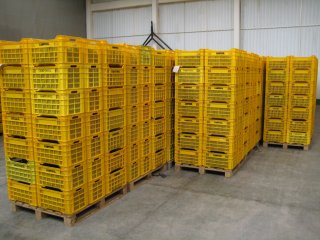
Plastic trays
The plastic trays offer protection during storage and transport. The trays can be stacked easily. They are available in different colours and sizes to match the size of the pallet. Firm fruit, such as avocados before ripening, can be delivered in relatively large crates.
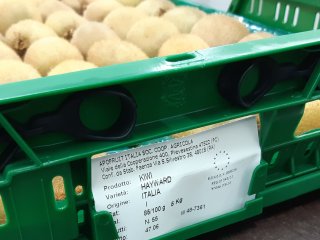
Folding trays
Often seen in Europe are the green or other coloured folding trays of the Euro Pool System (EPS). They fold and unfold with a simple mechanism. They are available in different sizes. The crates are washed after use and returned to the growers
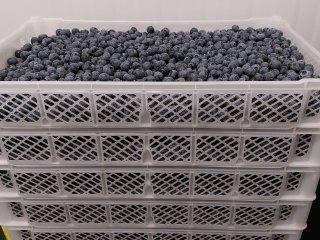
Packed as bulk
Product may be packed as bulk in crates. The crates are tailored to the nature of the product. Especially soft fruit should not lie in a too thick layer. Due to the weight of the upper fruits, the lower fruits can otherwise be damaged
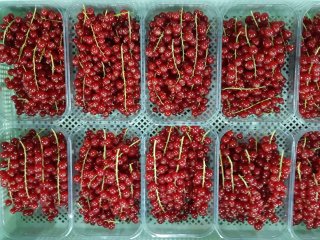
Tray with multiple units
A plastic tray can also be used to contain smaller packages. These packages, such as punnets, may of course not protrude above the top of the tray. This would damage the product when another tray is placed on top of it.
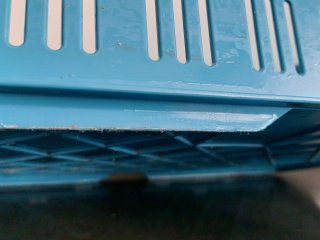
Prevent damage caused by the tray
The tray should not be overfilled. Most types of crates have an edge at the bottom outside for easy stacking. When stacking, the tray drops a little into the tray underneath. The tray must not touch the product in the tray underneath. Pay attention to possible product damage if this does happen.

Damaged trays
Crates with sharp edges can cause damage to the fresh products. Foam inserts or paper inserts on the bottom of the crates are used to reduce impact damage.
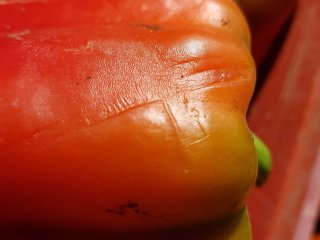
Damage caused by the crate
Crates with sharp edges can cause damage to the fresh products. Foam inserts or paper inserts on the bottom of the crates are used to reduce impact damage.
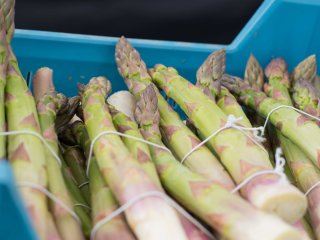
Correct crate size
The right crate size is important. Products should not be forcefully packed in order to fit. Asparagus can still develop (grow) after harvest, especially if low temperature has not been controlled optimally. This means that asparagus which were packed tightly could later be forced to bent if the asparagus tips reach the crate edges.